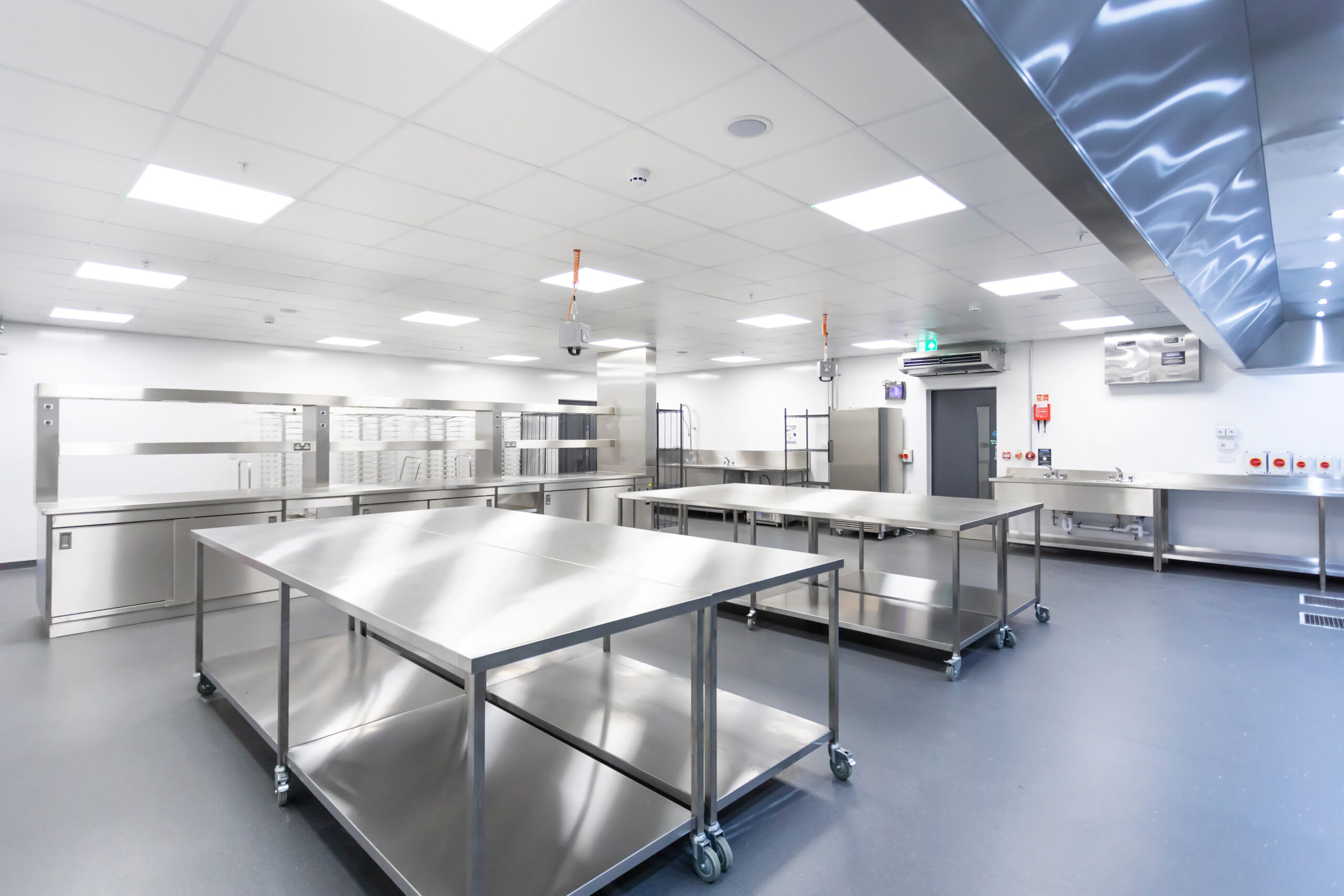3 STEM Activities to Celebrate British Science Week
Millennium Point is dedicated to the growth and enhancement of STEM education in Birmingham and the West Midlands. We achieve this through impactful projects such as our fully funded STEM scholarship and STEM grant funding, events, support initiatives and so much more. With British Science Week upon us, we’re here to celebrate with 3 activities you can do with your family at home to celebrate.

What’s British Science Week?
British Science Week is a ten-day celebration of science, technology, engineering and maths (STEM) that takes place annually around March. This year British Science Week started on 5th March and will continue until this Sunday (14th March) with the theme “Innovating for the Future”. Across the UK schools, parents, teachers and organisations are taking part in a myriad of activities that engage communities in STEM, highlight the importance of STEM in our daily lives and celebrate the achievements and diversity of STEM leaders. You can get involved with activities or events that are already planned via the official website or organise one yourself. The activities in the list below have all been chosen from the free activity packs that are available on their website here.
Crunchy Architecture You Can Eat – (Activity for under 5s)
This activity uses melted chocolate as cement and a variety of different biscuits to get your child to construct buildings or structures which you can all then eat. To start, melt your chocolate in a bowl, either in the microwave or in a bowl on top of a pan of boiling water. Once melted use the chocolate to stick biscuits together to make buildings and structures. When the kids are done with the activity they can then eat their creations. This activity takes about 30 minutes overall. The video below provides a great demonstration of the activity.
(Video Credit: Dennis Fresto)
Kit list
- Different shaped biscuits/and or wafers and crackers
- Dark chocolate
- Bowl, water and saucepan
- Baking paper
- Hob/Microwave
What does this teach?
This activity teaches children about architectural design – chiefly about how materials can be combined, shaped and measured to form structures. It teaches them to think creatively and innovatively with tools at their disposal. What’s more, you can expand this activity to emphasise the STEM elements by getting them to plan out what they want to make, cut biscuits to size and shape and then reflect on whether the finished product changed from the initial design and why.
This activity is an example of sensory learning where children link their learning to memorable activities and experiences – the messier the better! Sensory learning is a crucial part of early years development as it effectively engages children in activities that activate their brain. This allows them to break down difficult topics, like architectural design, into concepts they can comprehend. They will then be able to refer back to what they’ve learned because they can recall the experience of the activity.
Build a working Waterwheel – (Activity for over 5s)
In this activity, you build a working waterwheel. Use a plate to draw and cut out two circles in a thick card or plasticard to make the wheels of your waterwheel. Find the centre of each wheel and cut a smaller hole wide enough to fit a pencil or wooden doweling. Tape or staple the cups to one of the wheels put the second wheel on top to sandwich the cups and secure by pushing the wooden spoke/pencil through the hole in the centre of both. You can now experiment with dropping water from different heights or with greater force to see how it affects the speed of the weel. You determine the speed of the wheel by marking a point on the wheel and counting the number of rotations within 30 seconds.
(Video credit: Two-Point-Four)
Kit List
- Thick card or plasticard
- Pen/Pencil
- Plate (to use as a template)
- Wooden Doweling or a pencil (to spin the wheel)
- Disposable cups (choose recyclable!)
- Scissors
- Adhesive
- Bottled water/hose or equivalent to dropping water
- Bucket / Washing up bowl (or be outside)
What does this teach?
This experiment has a lot to teach about forces and energy in a fun and engaging way. They will learn about how height, gravity and force impact the wheel by dropping water at different heights and with different degrees of force. This is also a great segway into discussing sustainable energy, like the electricity in your house and how these types of mechanism can be used to create sustainable energy. The waterwheel was used historically to power machinery in Victorian mills, using the force of the water cascading down to generate push and pull forces. Now, a similar wheel mechanism is used to generate sustainable electricity with methods like wind and wave power.
Making hot ice – (Activity for over 5s)
In this activity you will create a substance that is liquid at room temperature and but when disturbed will immediately crystallise to form something known as “hot ice”. This is a really fun experiment that doesn’t require a lot to do but has a real “wow” factor when you see the liquid immediately crystalise. To do it, slowly add 3-4 tablespoons of baking powder to 1 litre of clear vinegar and then leave to boil for 30 minutes. When you see a crust starts to form (white stuff known as sodium acetate anhydrous), scoop a bit out and save then take the liquid off the heat and transfer to a container and cover. Transfer to an ice bath or fridge for 15 minutes or until it drops below room temperature. Once cooled take the lid off, add the sodium acetate anhydrous (white stuff you collected earlier) and watch as the liquid crystalises. When you touch it, it will feel hot, not cold – hence hot ice!
(video credit: Home Science)
Kit List
- 1 litre clear (not malt) vinegar
- 4 tbsp baking soda
- Steel saucepan
- Plastic container
- Bucket and ice (if doing an ice bath)
What does this teach?
This activity teaches children about chemical states and reactions. Most substances have a freezing point, where the molecules rearrange from a liquid into a solid or crystal arrangement. Sodium acetate trihydrate, or hot ice, is a supercool liquid, which means even though it’s a liquid at room temperature, the molecules will rearrange into solid form when disturbed (by adding sodium acetate). As the sodium acetate is introduced, the liquid will begin to crystallise and after a few seconds the entire liquid will ‘freeze’. However, if you touch it, the substance will feel hot, not cold, because the process of crystallisation is exothermic. That means that heat is given off, so the liquid turns into a solid.
That’s it for our 3 STEM Activities to Celebrate British Science Week. The activities in the list below have all been chosen from the free activity packs that are available on their website here. We hope you enjoy British Science Week and don’t forget to share your results with us on social media by tagging @millenniumpoint!
Find more interesting content from Millennium Point over at our news section, or follow us for daily updates on Facebook, Twitter, Instagram and LinkedIn with @MillenniumPoint. Millennium Point is a landmark public building and multi-award-winning events venue in the Eastside of Birmingham City centre. Profits from our commercial activity are invested by the Millennium Point Charitable Trust into projects, events and initiatives which support the growth of science, technology, engineering and maths (STEM) and education in the West Midlands.


